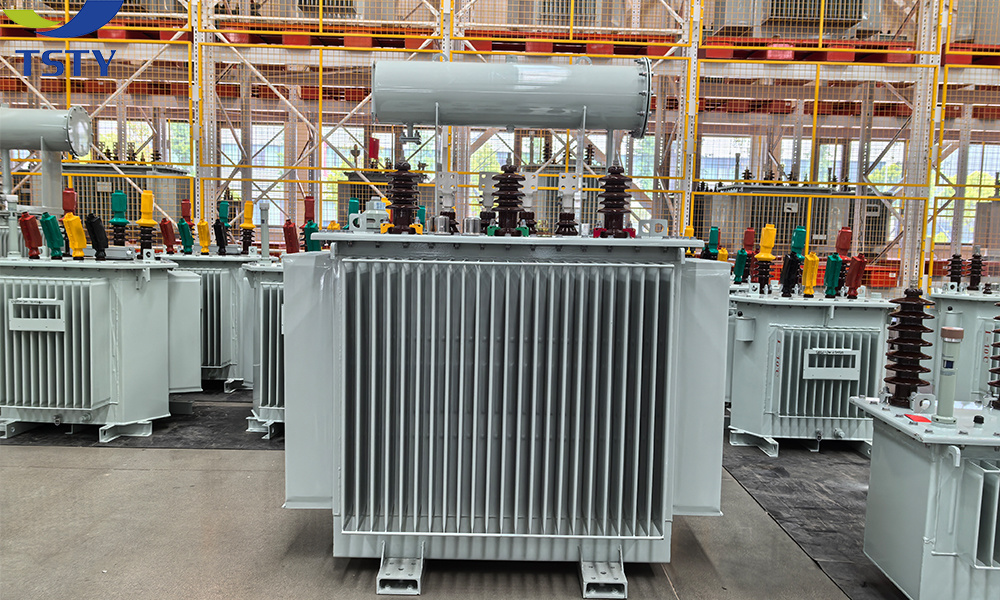What Are The Factors Affecting Transformer No-Load Loss
In a transformer, no-load loss (also known as iron loss) is closely related to the core structure and material properties of the transformer.
What is No-load Loss?
No-load loss refers to the irreversible energy loss caused by the magnetization process of the core material when the primary winding of the transformer is connected to the rated voltage and the secondary winding is open. Since the energy is mainly lost in the core, the no-load loss is also called iron loss. It mainly includes:
Hysteresis loss: energy loss caused by repeated reversal of magnetic domains;
Eddy current loss: induced current loss caused by alternating magnetic field in the core.
Main Factors Affecting No-Load Loss
1. Core material
·Magnetic permeability: The higher the magnetic permeability of the material, the smaller the excitation current required to establish the same magnetic field, and the lower the no-load loss.
For example, silicon steel sheets (especially high-grade thin silicon steel sheets) are commonly used materials for transformer cores due to their high magnetic permeability and high resistivity.
· Resistivity: Materials with high resistivity can inhibit the diffusion of eddy currents and reduce eddy current losses. For example, adding silicon to silicon steel sheets can increase resistivity.
· Coercivity: Low coercivity can reduce the area of the hysteresis loop. The no-load loss can be reduced by selecting low coercivity cold-rolled oriented silicon steel.

2. Core structure design
·Core thickness: The thinner the silicon steel sheet (such as 0.23mm, 0.3mm, etc.), the longer the eddy current path and the lower the eddy current loss.
·Lamination method:
Traditional laminated core: There is an air gap at the joint, which may increase the magnetic resistance and excitation current, resulting in slightly higher losses.
Wound core (such as toroidal core): No joints, continuous magnetic circuit, lower no-load loss.
·Core cross-sectional area: The larger the cross-sectional area, the lower the magnetic flux density. The loss is proportional to the square of the magnetic flux density, so increasing the cross-sectional area can reduce the loss.
3. Operating conditions
·Power supply voltage: No-load loss is proportional to the square of the voltage. If the power supply voltage exceeds the rated value, the core saturation increases and the loss increases significantly.
·Frequency: For high-frequency transformers (such as switching power supply transformers), increased frequency will cause both hysteresis and eddy current losses to increase (eddy current losses are proportional to the square of the frequency).
·Temperature: The increase in core temperature will slightly affect the material permeability and resistivity, thereby indirectly changing the loss, but the effect is relatively small.
4. Manufacturing process
· Processing accuracy: If there is misalignment, burrs or uneven clamping force when the core is stacked, the air gap of the magnetic circuit and local eddy current will increase, resulting in increased losses.
· Annealing treatment: Annealing treatment is performed on silicon steel sheets after processing to eliminate stress, restore magnetic properties and reduce losses.
The core factors affecting transformer no-load loss are the magnetic properties of the core material (such as magnetic permeability, coercive force, resistivity) and the core structure design (such as thickness, stacking method). In practical applications, by selecting low-loss silicon steel sheets, optimizing the core structure and manufacturing process, the no-load loss can be effectively reduced and the transformer efficiency can be improved.

